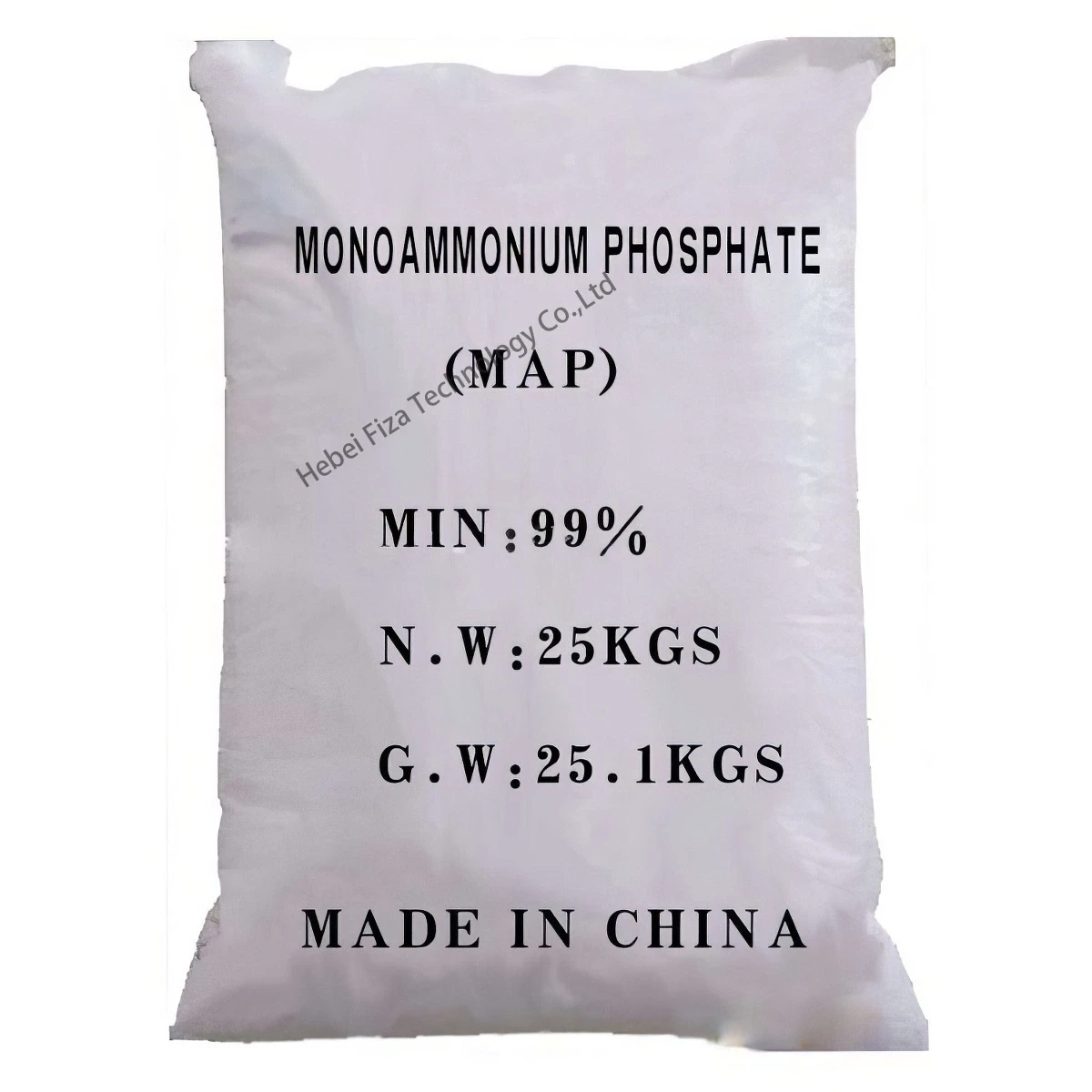



manufacturing process of sodium hydroxide
The Manufacturing Process of Sodium Hydroxide
Sodium hydroxide (NaOH), commonly known as caustic soda or lye, is a highly versatile chemical widely used in various industrial applications, including the production of paper, textiles, detergents, and pharmaceuticals. Understanding the manufacturing process of sodium hydroxide is essential for appreciating its significance and handling its production safely and efficiently.
Overview of Sodium Hydroxide
Sodium hydroxide is a strong base, known for its highly corrosive properties. It readily dissolves in water, generating heat and releasing hydroxide ions (OH⁻), making it an essential element in chemical reactions requiring basic conditions. The global demand for sodium hydroxide is high, driven by its use in industries such as pulp and paper, water treatment, and the production of chemicals.
Major Production Methods
The primary methods for manufacturing sodium hydroxide are the chloralkali process and the lime-soda process. The chloralkali process is the most widely adopted due to its efficiency and cost-effectiveness.
1. The Chloralkali Process
The chloralkali process involves the electrolysis of brine (concentrated sodium chloride solution). The process can be divided into three primary reactions occurring at the anode and cathode
- At the Anode Chloride ions (Cl⁻) oxidize to form chlorine gas (Cl₂). - At the Cathode Water molecules (H₂O) reduce to produce hydrogen gas (H₂) and hydroxide ions (OH⁻). - In the Solution Sodium ions (Na⁺) remain in the solution, which provides a balanced ionic environment.
These reactions can be summarized as follows
\[ 2NaCl + 2H_2O \rightarrow Cl_2 + H_2 + 2NaOH \]
Chlorine gas is collected at the anode, while hydroxide ions accumulate at the cathode, resulting in the formation of sodium hydroxide in the solution. The chlorine and hydrogen gases can then be captured and utilized in various industrial processes, such as disinfectants and fuel cells.
manufacturing process of sodium hydroxide

2. The Lime-Soda Process
The lime-soda process is another method to produce sodium hydroxide, primarily used when brine is unavailable or not economical. This method involves the reaction of sodium carbonate (soda ash) with calcium hydroxide (lime) to produce sodium hydroxide and calcium carbonate.
The reactions can be expressed as follows
\[ Na_2CO_3 + Ca(OH)_2 \rightarrow 2NaOH + CaCO_3 \downarrow \]
The resulting calcium carbonate precipitates, which can be filtered out, leaving a concentrated solution of sodium hydroxide. While simpler and less capital-intensive than the chloralkali process, this method generally yields lower purity and concentration of sodium hydroxide.
Purification and Concentration
After the production of sodium hydroxide, it is often necessary to purify and concentrate the solution. The purification can involve processes such as crystallization, filtration, and ion exchange to remove impurities and achieve the desired concentration. Concentrated sodium hydroxide can be obtained through evaporation, where water is removed from the solution by heating.
Safety Considerations
Sodium hydroxide is highly corrosive and poses significant health risks to humans and the environment if not handled properly. Protective equipment, including gloves, goggles, and appropriate clothing, should be used when working with NaOH to prevent skin contact, inhalation, or eye damage. Proper storage in clearly labeled containers, away from incompatible substances, is crucial to prevent chemical accidents.
Conclusion
In conclusion, the manufacturing process of sodium hydroxide is a critical industrial procedure that utilizes methods such as the chloralkali and lime-soda processes. The efficiency and versatility of these methods highlight the importance of sodium hydroxide across various industries. As demand for this essential chemical continues to grow, understanding its production process and associated safety measures remains a priority for manufacturers and consumers alike. The significance of sodium hydroxide in modern industrial applications underscores the need for responsible production practices to ensure both safety and quality in its use.
-
Why Sodium Persulfate Is Everywhere NowNewsJul.07,2025
-
Why Polyacrylamide Is in High DemandNewsJul.07,2025
-
Understanding Paint Chemicals and Their ApplicationsNewsJul.07,2025
-
Smart Use Of Mining ChemicalsNewsJul.07,2025
-
Practical Uses of Potassium MonopersulfateNewsJul.07,2025
-
Agrochemicals In Real FarmingNewsJul.07,2025
-
Sodium Chlorite Hot UsesNewsJul.01,2025










